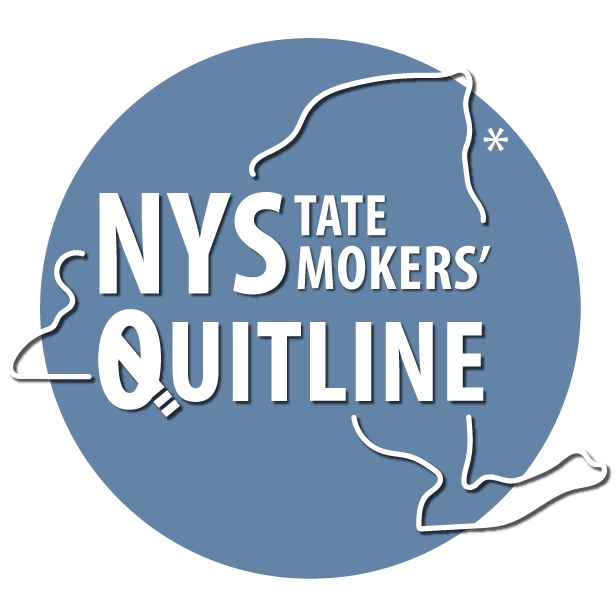
Helping someone quitSupport, not judgment.
How to support someone who has decided to quit
The kind of support you give can either help or hold back someone's willingness and ability to quit. While you can’t quit for someone, being there to help is great. Knowing what to do and what to avoid can make you an effective helper!First: Understand the addiction.
Nicotine is an addictive drug in tobacco products. For some, this addiction is so powerful it can seem almost impossible to quit.Even a few hours without nicotine can be painfully difficult and make it very hard for someone to cope with routine situations and to behave as they normally would.
Nicotine Replacement Therapy (NRT), like the patch and lozenge or gum, is a clean product (without dangerous toxins found in cigarettes) that can take the edge off of withdrawal symptoms while trying to learn new behaviors.
Second: Understand the quitting process.
It takes time and typically involves effort to:- Concentrate and pay attention.
- Deal with stressful situations.
- Deal with painful or unpleasant situations.
- Relax and unwind.
- Reduce anxiety and depression.
- Cope with boredom.
- Stay alert.
- Avoid unpleasant withdrawal symptoms.
- Reduce discomfort in social situations.
- Increase their enjoyment of pleasant experiences.
Stage 1:
Not thinking about quitting. You can support and care for your friend whether they smoke or not.
Stage 2:
Thinking about quitting but not yet ready to quit. Offer information about where to get help, but let them
decide when to quit.
Stage 3:
Getting ready to quit. You can offer to give up something too, as a sign of support.
Stage 4:
Quitting. You can treat your friend like a hero for trying.
Stage 5:
Quit! You can show them that you admire their determination.
Third: Understand how you can help.
While there are many common ways to help someone quit, it will be the most meaningful if you tailor your support to the needs of the person trying to quit. It is always helpful to remember to be sensitive, understanding, and forgiving – as that sends a strong message that you are supportive, not forceful. Quitting tobacco is very difficult.Ask yourself if you are being a source of positive support – or if you are causing more stress – when you try to help the person you care about to quit smoking.
Need help? Just ask – we're here to help you too!
Last updated 12/20/2021 2:40 PM



 Print Me!
Print Me!



Follow us
News, program updates, and support to quit: